In today’s data-driven business environment, understanding your customers is more important than ever. With customer expectations constantly evolving, businesses must adapt their strategies to remain competitive. This is where transactional customer segmentation comes into play. In this guide, we’ll explore how businesses can use transactional data to segment their customers effectively, drive targeted marketing efforts, and improve customer loyalty.
Introduction to Transactional Customer Segmentation
What is Customer Segmentation?
Customer segmentation is the process of segregating a company’s customer base into different groups or segments. These segments are created based on shared characteristics, such as demographics, behaviors, or in this case, transactional data. By breaking down the audience into smaller, more specific groups, businesses can target their marketing and sales strategies more effectively.
Why is Transactional Customer Segmentation Important?
Transactional customer segmentation focuses on how customers interact with a business through their purchasing habits. This type of segmentation offers insights into who your most valuable customers are, which customers are at risk of leaving, and how to tailor your marketing strategies to meet their needs. In essence, it allows businesses to make data-driven decisions that maximize customer engagement and revenue.
Understanding Transactional Data
What is Transactional Data?
Transactional data refers to the information generated every time a customer makes a purchase or engages in a financial transaction with a business. This data includes details such as the date, time, items purchased, quantity, and total cost. Transactional data is essential for understanding customer behavior and plays a vital role in segmentation.
How to Collect and Organize Transactional Data?
Most businesses collect transactional data automatically through point-of-sale (POS) systems, e-commerce platforms, or customer relationship management (CRM) tools.
Organizing this data is crucial for effective segmentation. Use databases and spreadsheets to organize customer transactions by date, frequency, and monetary value, ensuring that the information is easily accessible and ready for analysis.
The Role of Transactional Customer Segmentation in Business Strategy
Enhancing Marketing Effectiveness
By segmenting customers based on transactional data, businesses can develop more targeted and effective marketing campaigns. Instead of sending the same generic message to all customers, companies can personalize promotions and offers that resonate with specific segments, ultimately increasing conversion rates.
Improving Customer Satisfaction
Understanding customer needs and preferences through transactional segmentation allows businesses to improve the overall customer experience. By delivering relevant offers and communications, businesses can build stronger relationships with their customers, leading to higher satisfaction and long-term loyalty.
Types of Transactional Segmentation
Frequency of Purchases
One common way to segment customers is by how often they make purchases. High-frequency customers may be your most loyal, while low-frequency customers may need more incentives to return.
Recency of Transactions
Segmenting customers based on the recency of their last transaction can help identify which customers are active and which may be at risk of churning.
Monetary Value Segmentation
Monetary segmentation involves dividing customers based on the amount of money they spend. High spenders may deserve VIP treatment, while lower spenders may respond better to discount-driven campaigns.
Also Read : Customer Segmentation Strategies for Small Businesses
The RFM Model
Explanation of Recency, Frequency, and Monetary (RFM) Analysis
The RFM model is a popular framework used for transactional segmentation. It analyzes three key metrics:
- Recency: How recently was a purchase made by a customer.
- Frequency: How often they buy.
- Monetary: How much they spend.
How to Apply RFM to Your Customer Segmentation
By scoring customers based on these metrics, businesses can categorize them into segments like “loyal customers,” “at-risk customers,” or “big spenders.” This helps in crafting targeted marketing strategies tailored to each segment’s behavior.
Benefits of Transactional Segmentation
Personalized Marketing Campaigns
Transactional segmentation allows businesses to create highly personalized campaigns that cater to specific customer needs and preferences.
Targeted Promotions
Segmenting customers enables businesses to offer promotions that appeal directly to different customer groups, improving the likelihood of conversions.
Customer Retention and Loyalty
Businesses can identify at-risk customers and implement strategies to win them back before they churn. Loyal customers, on the other hand, can be rewarded with exclusive offers to maintain their loyalty.
Challenges of Implementing Transactional Segmentation
Data Accuracy and Quality
One of the main challenges in transactional segmentation is ensuring that the data collected is accurate and up-to-date. Inaccurate data can lead to ineffective segmentation and poor decision-making.
Privacy Concerns and Compliance
With increasing data privacy regulations like GDPR, businesses must be mindful of how they collect and use transactional data, ensuring they remain compliant with legal requirements.
Tools for Transactional Customer Segmentation
CRM Platforms
CRM systems like Salesforce or HubSpot allow businesses to track customer interactions, including transactions, and easily segment their customer base.
Data Analytics Tools
Tools like Google Analytics or Tableau can help businesses visualize and analyze transactional data for better segmentation.
AI and Machine Learning Applications
Advanced AI tools can automate the segmentation process and even predict customer behavior, allowing for more proactive marketing strategies.
Transactional Segmentation and Customer Lifecycle
Mapping Customer Journey Stages
Transactional segmentation can be aligned with different stages of the customer journey, from acquisition to retention.
How Segmentation Affects Different Lifecycle Stages
Different strategies are needed for customers at various stages of their lifecycle. For example, new customers may need introductory offers, while loyal customers may benefit from reward programs.
Case Studies: Transactional Segmentation in Action
Example 1: E-Commerce Business
An online retailer used transactional segmentation to identify high-value customers and created VIP offers, resulting in a 25% increase in repeat purchases.
Example 2: Subscription-Based Service
A streaming service segmented users based on subscription length and transaction history, allowing for targeted retention efforts that reduced churn by 10%.
Also Read : Customer Data Solutions: Unlocking the Power of Information for Business Growth
How to Create Segmentation Strategies
Step-by-Step Guide to Building Segmentation Strategies
- Gather and organize transactional data.
- Analyze key metrics such as recency, frequency, and monetary value.
- Create customer segments based on this data.
- Develop targeted marketing strategies for each segment.
- Continuously monitor and refine your segmentation.
Aligning Segmentation with Business Goals
Ensure that your segmentation strategy aligns with broader business goals, such as increasing customer retention or improving lifetime value.
Common Mistakes in Transactional Segmentation
Focusing Only on One Type of Segmentation
Businesses should avoid focusing solely on one metric, such as monetary value, and instead take a holistic approach that includes recency and frequency.
Ignoring Data Updates and Changes
Transactional data can change quickly, and businesses must regularly update their segmentation to keep strategies effective.
Future Trends in Transactional Customer Segmentation
The Rise of AI-Driven Segmentation
AI is increasingly being used to automate and enhance segmentation, offering more precise insights and predictions.
Predictive Analytics and Forecasting
Predictive analytics can help businesses anticipate customer needs and behaviors, allowing for more proactive segmentation strategies.
Conclusion
Transactional customer segmentation is a powerful tool for businesses looking to understand their customers better and tailor their strategies accordingly. By analyzing transactional data, businesses can create personalized experiences that drive customer satisfaction, loyalty, and revenue.
FAQs
- What is transactional customer segmentation?
Transactional customer segmentation involves dividing customers into segments based on their purchasing behaviors.
- Why is transactional segmentation important for my business?
It allows businesses to target customers more effectively and personalize marketing efforts, which can lead to higher sales and improved customer loyalty.
- What tools can I use for transactional segmentation?
Popular tools include CRM platforms like Salesforce, data analytics tools like Google Analytics, and AI applications.
- How does the RFM model work?
The RFM model segments customers based on the recency, frequency, and monetary value of their purchases.
- What are the challenges of transactional segmentation?
The main challenges include maintaining data accuracy and complying with privacy regulations.


